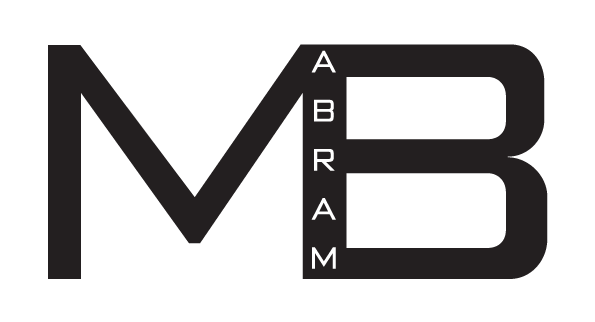Tukra In Tintal
Jan Haag
Baya (left drum) cover: Single strand Persian wool, double strand Appleton wool on 18 mesh canvas.
Approximately 40,100 stitches
Dimensions: 11 1/8 x 11 1/8 in.
Tabla (or Daya, right drum) cover: Single strand Persian Wool, double strand Appleton wool, and rayon on 18 mesh canvas. Continental stitch in all four directions.
Approximately 13,168 stitches
Dimensions: 6 3/8 x 6 3/8 in.
ADDITIONAL INFO:
Tukra means “little piece”. The musical Tukra that inspired this set of tabla covers was one of the first Indian Classical music tabla compositions Haag learned to play, this signaling a new direction in her "musical" needlepoints. For the first time Haag stitched the bols in Sanskrit, giving visual representation to sounds and their sequences.
Jan Haag notes: "As I worked with the Sanskrit syllables (in Devanagari), many questions about the complexity of the musical bols were answered, e.g. the similarity of the form of the dha and dhin as syllables (the former struck—for the theka—on kinar and the latter struck on sur) is like their similarity as tabla strokes; the differentiation between dhin (played on sur) and din (played on gaab) is represented as entirely different syllables. Thus, the subtlety of differentiation in the pronunciation of Sanskrit, accurately rendered in Devanagari (but not in transliterated English), is reflected in the drum bols."


